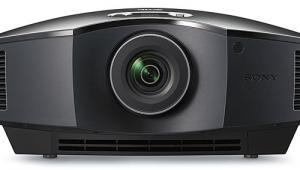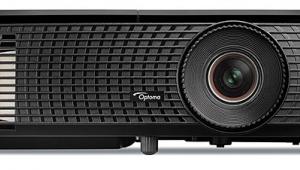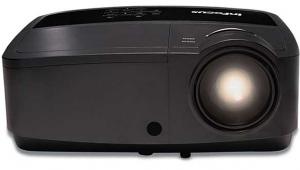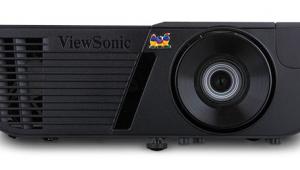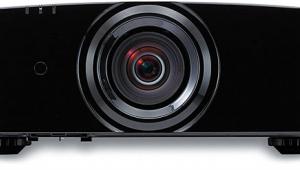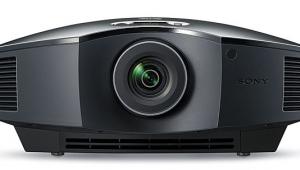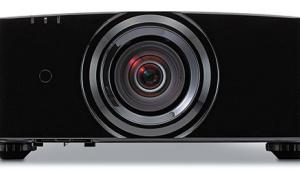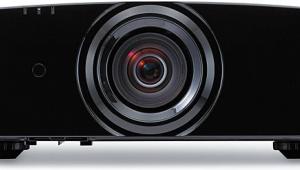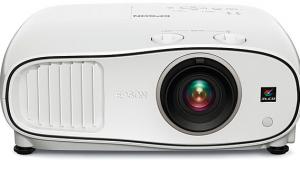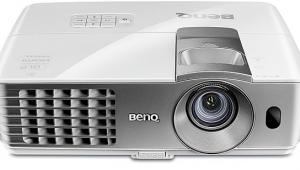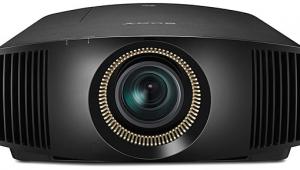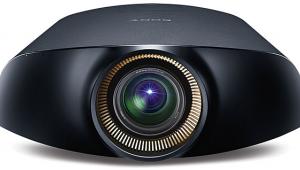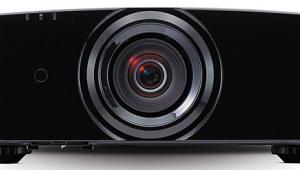Optoma HD33 3D DLP Projector Page 2
2D Performance
Movies and TV shows sometimes exhibit strange colors that are no fault of the display, so I began my real-world evaluation with a test Blu-ray from Samsung called HD Reference Software. Among many other things, this disc includes several shots of people with different skin tones, and I wanted to see if the oversaturated yellow and red I measured would affect them. Surprisingly, they didn’t—the Caucasian, Asian, and African skin tones looked entirely natural.
Stealth on Blu-ray has lots of fine detail and beautiful colors, which is why I like to use it for display testing. On the Optoma, the detail was sharp and crisp in the desert terrain and Seattle cityscape, more so than I expected from the resolution test (see Video Test Bench). The white uniforms looked a bit flat, probably because of the slight clipping I was unable to eliminate, and the colors of fresh produce in the floating Thai market were perhaps a bit overblown, but skin tones were quite good.
As expected, the black of space in the opening sequence of Contact was poor, and the letterbox bars were obviously gray. However, fine detail in things like skin texture and foliage was very good, as were skin tones, although green plants seemed a bit oversaturated. I also watched a bit of Master and Commander for blacks and shadow detail. Of course, the black in the opening scene was more of a dark gray, as were the letterbox bars, and shadow detail in the watchman’s below-deck walk was not great, but passable. Brighter scenes looked much better, with good detail and skin tones.
I turned to HDTV from Dish Network, and Law & Order on TNT exhibited very good detail in the texture of buildings and foliage in Central Park, but the skin tones in this case seemed a bit yellowish to my eye. The black background of the interscene screen with white lettering was not at all deep.
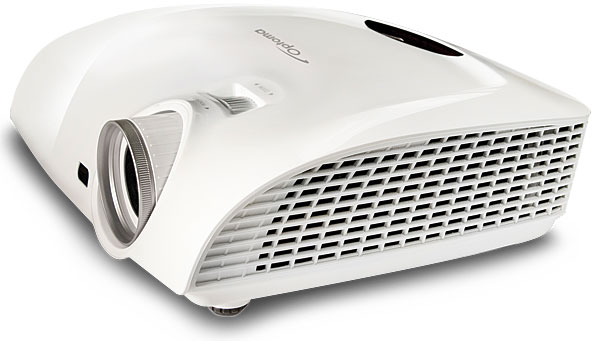
I also watched some DVDs for standard-def images. The opening black of space in Star Wars: Episode IV — Return of the Jedi was not so black, and shadow detail in Vader’s shuttle cockpit was fairly poor. Sending 480i from the Oppo BDP-83, there was some shimmering in the scrolling backstory lettering, which was greatly reduced when I set the player to do the deinterlacing and upscaling. Overall detail was better in this case as well. The black of space and shadow detail in Star Trek VI: The Undiscovered Country was no better, although overall detail was as good as can be expected from DVD with the player doing the processing, and the color was fairly good overall.
3D Performance
Switching to 3D Blu-rays, I watched Tangled, a great Disney animated feature. Despite a very low peak-white measurement (see HT labs Measures), which resulted in a fairly dim image, the 3D experience was engaging in our totally darkened room. Colors were nice and rich, blacks were deep, and shadow detail was reasonable in dark scenes. Next up was Tron: Legacy, which looked quite dim overall—but then again, it’s a very dark movie. Skin tones in the real-world scenes looked a bit yellowish, but not in the computer-generated world of The Grid, where blue and orange predominate and skin tones are quite pasty. As before, blacks and shadow detail were pretty good, but the black in the opening title sequence wasn’t all that deep, including the letterbox bars. The 3D effect, which occurs only during scenes in the cyber world, was very effective. I’m grateful to Panasonic for sending me a copy of Paul Carrack Live in 3D on Blu-ray in which the singer records three songs—“How Long,” “Over My Shoulder,” and “Silent Running”—in a London studio while 3D cameras capture the performance. The scene was brightly lit, and the 3D looked fantastic. Skin tones were surprisingly natural, detail was very sharp, and shadow detail in the background allowed me to clearly see people in the control room.
In all cases, I saw nary a hint of crosstalk/ghosting. I could even tilt my head without inducing this well-known 3D artifact, unlike with all 3D LCD TVs. All in all, this was among the most comfortable 3D image I’ve seen outside of a commercial cinema.
Conclusion
The HD33’s 2D mode calibrated quite well, although the black level was fairly high at the image size I used (16:9, 76 inches wide). A larger screen would help this, and there’s enough brightness headroom, even in STD lamp mode, to fill such a screen. Otherwise, the Optoma’s overall detail is very good, and the color on real-world material looks better than the measurements indicate.
However, 3D mode is a somewhat different story. I was unable to calibrate this mode’s grayscale well, and the peak-white level is quite low, even in bright lamp mode. Of course, this would be even worse with a larger screen, although you could improve the situation with a high-gain screen—as long as you sat dead center and didn’t mind what such a screen would do to the 2D image, including even higher black levels. Still, having said all that, the 3D experience I had with the HD33 was enjoyable, especially so with bright animated movies. And I love the use of RF rather than IR for 3D sync.
Other than its poor blacks in 2D and low brightness in 3D, my biggest complaint is the lack of lens shift, which may make it very difficult to place this projector properly. These issues make the HD33 a very tough sell for me, even though its detail and color performance on real-world material is actually quite good. On the other hand, you’re not going to find another 3D-capable projector for anywhere near its price. The next step up is the Epson PowerLite Home Cinema 3010, which lists for $1,999, followed by the 5010 for $2,999. We haven’t yet reviewed these projectors, so I can’t say for sure how well they perform. (We just got the 5010 in for review; look for that in a future issue.)
If you simply can’t afford something in the $2,000 to $3,000 range, the Optoma HD33 is just about the only game in town and will get you into 3D front projection. But if you can, you’d do well to spend the extra money on a model with better blacks, brighter 3D, and lens shift.
